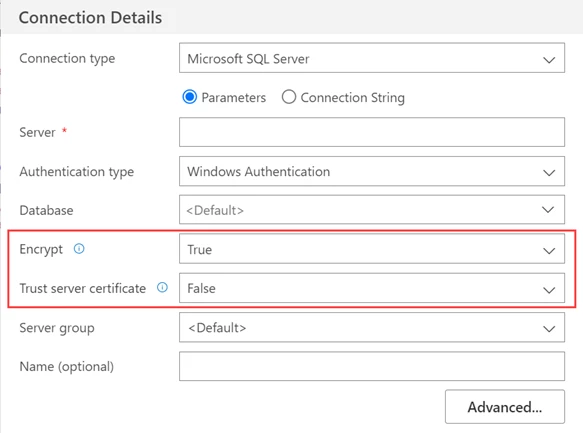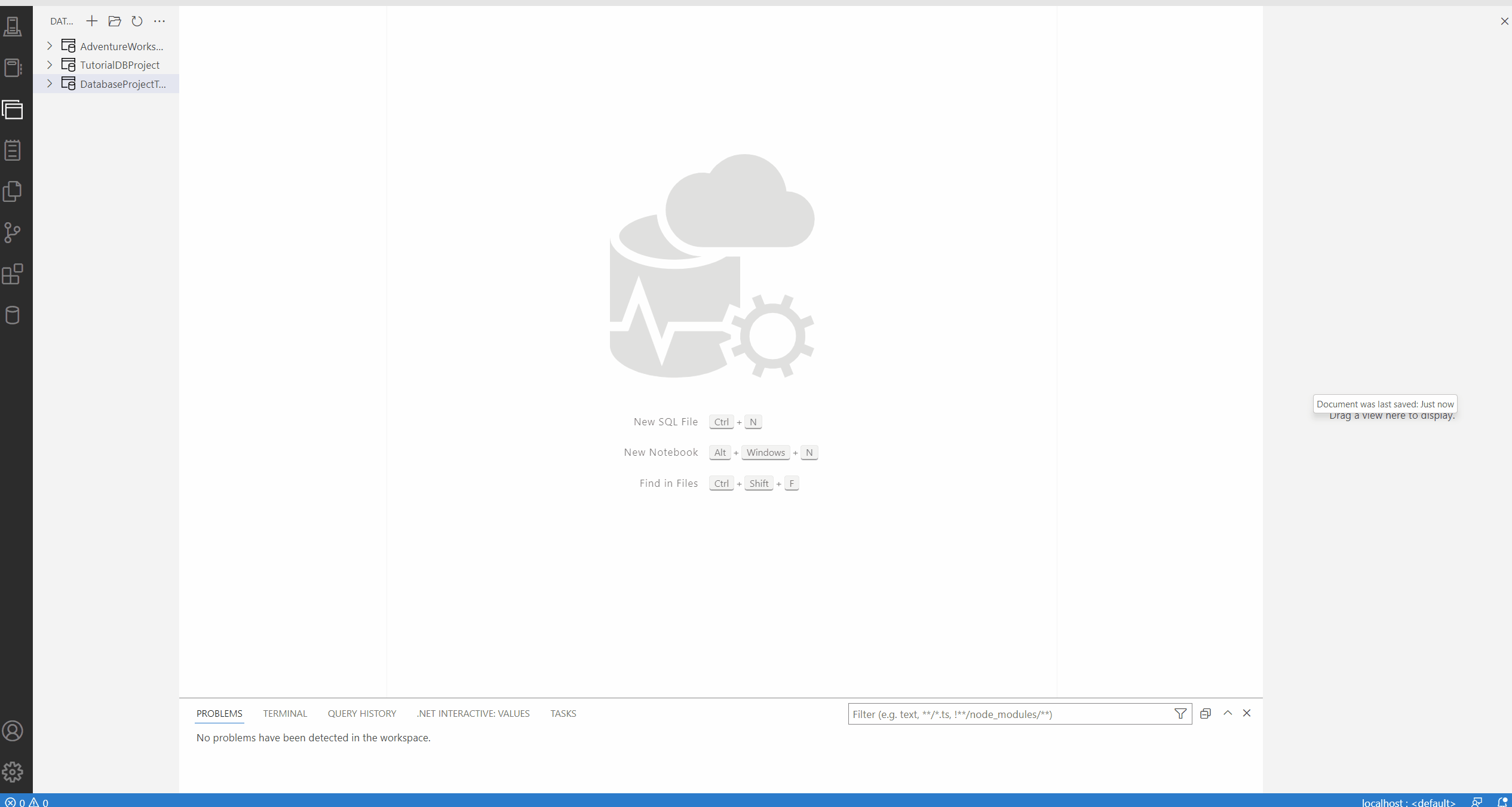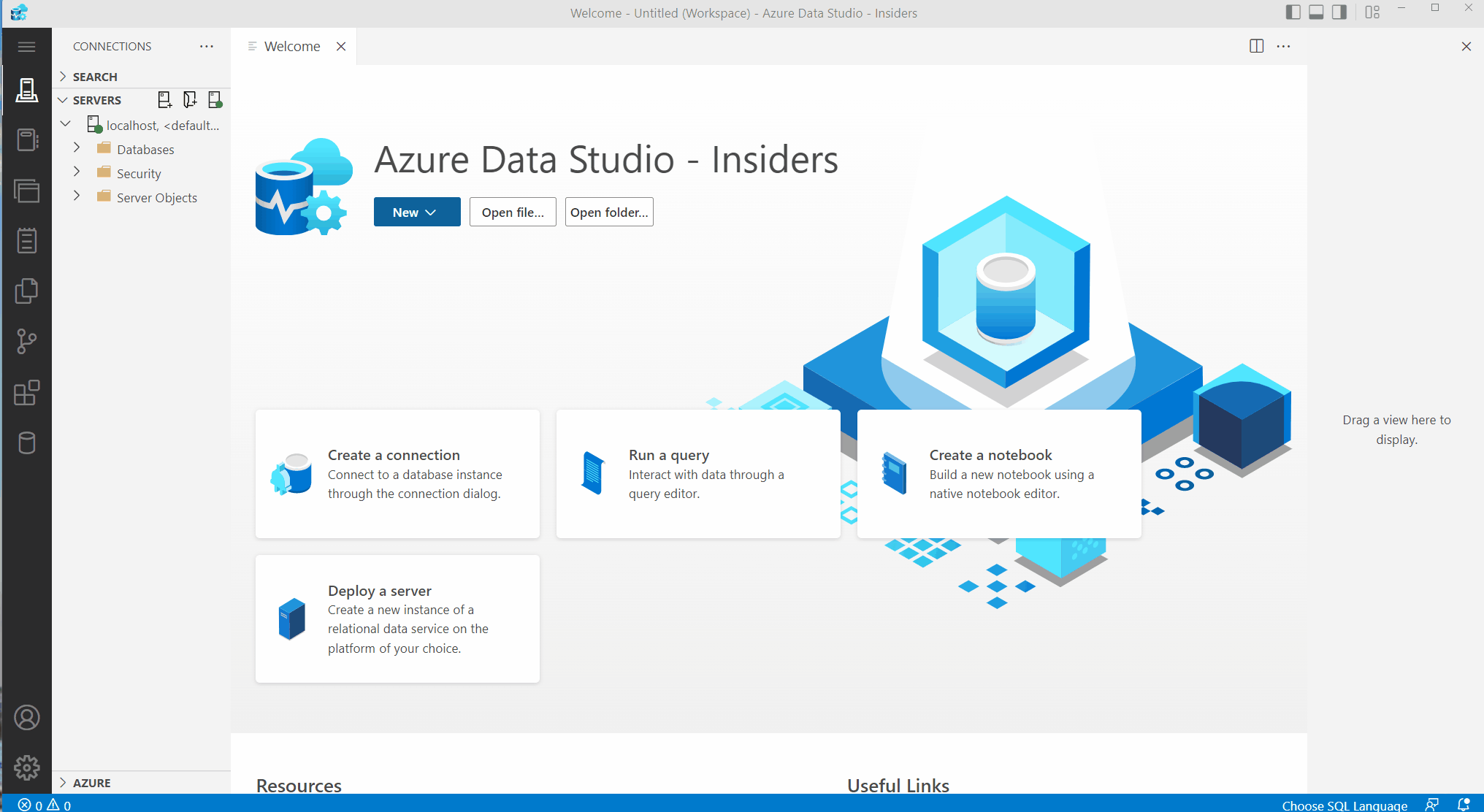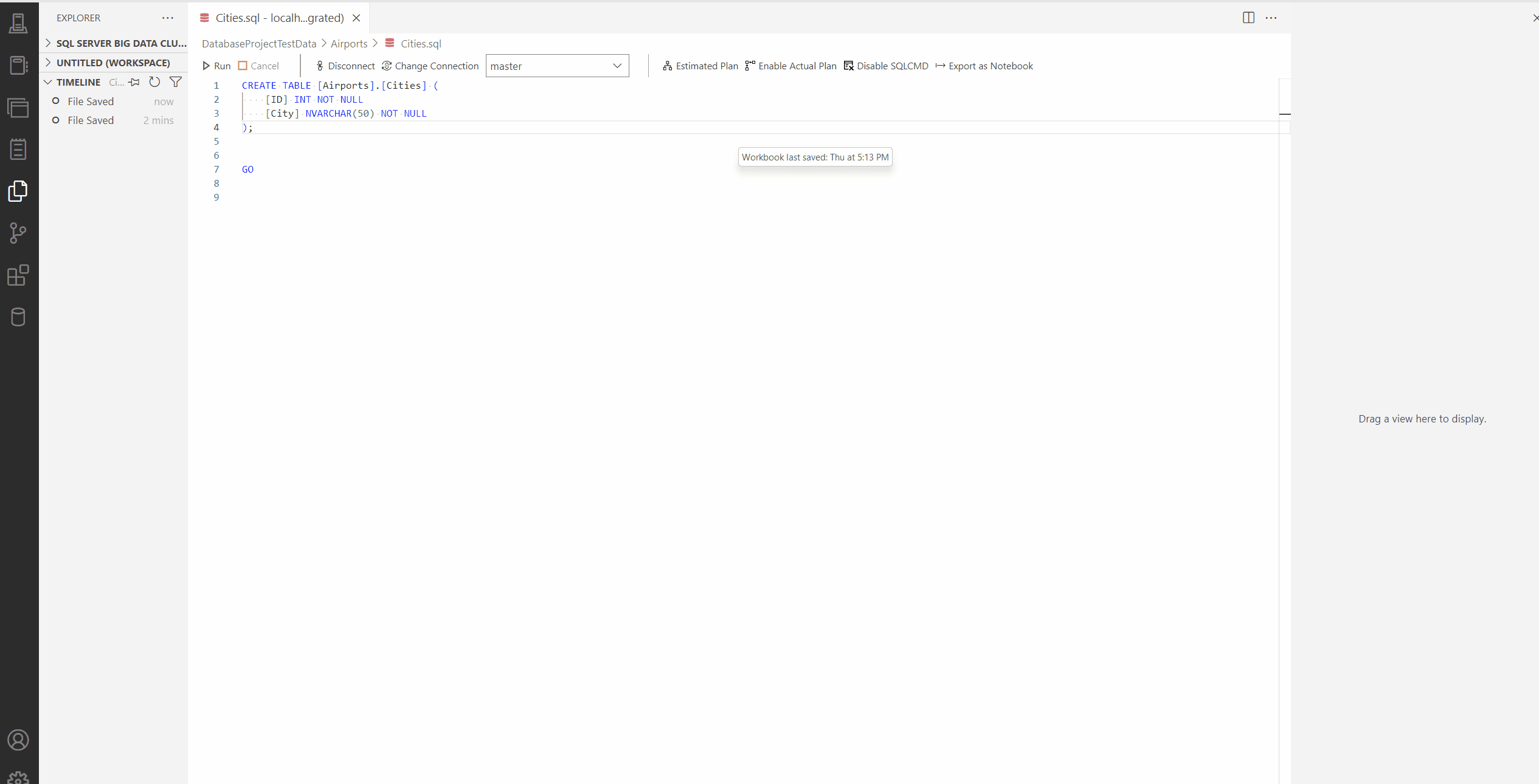Azure Data Studio November release
In this release of Azure Data Studio, we have exciting news to share across several of our core features and extensions. The first is the announcement of the general availability of Table Designer and Query Plan Viewer. We would like to extend a huge thank you to our engineering teams who have worked tirelessly over the past few months on improvements to these features. We would also like to thank the MVPs and community members who provided feedback on these features. We are grateful for continued engagement from users as we work to make Azure Data Studio the tool of choice for cloud database management across multiple platforms.
In addition to these two features now being generally available, we are pleased to announce enhancements in the assessment tooling for Oracle database migration to Azure Database for PostgreSQL and Azure SQL, both in preview. The MySQL extension for Azure Data Studio is also available in preview, as is Azure SQL Database Offline Migration support in the Azure SQL Migration extension. We would also like to introduce arm64 macOS support, for which many of you have been patiently waiting for (more details below).
As you may already know, SQL Server 2022 is generally available today, and we have introduced support for this latest version of SQL Server via our deployment wizard. We have made improvements to the connection experience, including a change to the Encrypt property, which now defaults to True. Finally, we completed another set of Visual Studio (VS) Code merges that included numerous bug fixes and UI improvements, some of which are highlighted below.
arm64 macOS support in Azure Data Studio
Over one year ago we had a request to add support to Azure Data Studio for arm64 on macOS. We are pleased to announce that in this release, said functionality is now available. Folks using arm64 macOS will notice that the Azure Data Studio builds for Apple Silicon or Universal will load and run significantly faster as emulation is no longer needed. There are a few extensions that still need to be modified to have the same support and we are working with the appropriate teams to get those changes in place. Interested in seeing support for arm64 on Windows? Share your comments and upvote here.
Change in default value for Encrypt Property
Version 1.40 of Azure Data Studio includes an important change to the Encrypt property for the MSSQL provider connections, which is now enabled by default (set to True).
In Azure Data Studio 1.39 and below, the Encrypt connection property was on the Advanced page and defaulted to False. As shown below, both the Encrypt and Trust server certificates have been moved to the main Connection Details for Microsoft SQL Server connections, with information icons to provide more detail on hover.

The Encrypt property continues to support two options:
- True (now the default value)
- False
Upon upgrading to Azure Data Studio 1.40, users should review the options selected for Encrypt and Trust server certificate before connecting. More information about this change can be found here.
Introducing assessment tooling for Oracle database migrations to Azure Database for PostgreSQL and Azure SQL (preview)
Enabling the migration of Oracle workloads to Azure PostgreSQL and Azure SQL through a unified assessment tool has been a key ask from customers and we are excited to announce the preview release of this experience in Azure Data Studio via the Database Migration Assessment for Oracle extension (check out this demo to see this in action). With these changes, migration planning is simplified for customers looking to modernize their data estate to Azure managed databases. This new assessment scenario helps customers speed up migrations while reducing risk, making it easier than ever to move Oracle databases to Azure. Read more in this blog announcement.
MySQL extension is now available in Azure Data Studio (preview)
As you may have heard at Microsoft Ignite, the MySQL extension for Azure Data Studio is now available in preview, bringing more flexibility to database management. With the MySQL extension for Azure Data Studio, you can now connect to and modify MySQL databases, taking advantage of the modern editor experience and capabilities in Azure Data Studio. You can learn more here.
Announcing Azure SQL Database Offline Migrations in the Azure SQL Migration Extension (preview)
This new migration capability in the Azure SQL Migration extension provides an end-to-end experience to modernize from SQL Server to Azure SQL Database. This extension allows you to perform a migration readiness check with actions to remediate possible migration blockers, export the assessment results, and get right-sized Azure recommendations. These recommendations include an all-new elastic recommendation model to meet your database performance needs. Thanks to the Azure SQL Migration extension, you can perform offline migrations of your SQL Server databases running on-premises, SQL Server on Azure Virtual Machines, or any virtual machine running in the cloud (private, public) to Azure SQL Database. Learn more from this blog announcement. For a hands-on experience using this extension, please refer to the Migrate SQL Server to an Azure SQL Database offline using Azure Data Studio tutorial.
Query History Extension is now generally available
In the August release blog, we noted the benefits of the Query History extension which includes the ability to view previous queries executed and double-click on any query in the history to open it in a new window for viewing or execution. The team has addressed a few accessibility issues, added the ability to limit the number of entries stored, and it is now generally available through the extensions pane in Azure Data Studio. For those of you who write queries and tune code, the history provided from this extension can be a time-saver.
Visual Studio Code Merge—from 1.62 to 1.67
The UI framework of Azure Data Studio is forked from VS Code, and the codebase needs to be kept up to date with updates to its parent framework via merges, completed periodically by our engineers. This Azure Data Studio release includes updates that bring ADS to version 1.67, from its previous version, 1.62. While there are many updates in this release that users will appreciate, we have highlighted a few of our favorites below.
New Side Panel and Configure Layout settings
Azure Data Studio now offers more flexibility to customize the layout in the user interface via the addition of Side Panels. With Side Panels, you can now house views from the Side Bar or the bottom Panel. Unlike moving the bottom Panel to the left or the right of the editor, the new Side Panel works in addition to the bottom Panel so you can see more sets of views at once. In the illustration below, the terminal is being dragged to the right and dropped to create the Side Panel. The user can then switch views in the Side Bar (by opening the global Search view), while keeping the terminal view visible.

To better configure layouts, we added a Customize Layout button in the title bar. This button provides a new interactive quick pick experience, allowing you to control all aspects of layout configuration in one place.

To learn more about these layout changes, check out the Visual Studio Code January 2022 release notes.
Local history
The local history of files is now available in the Timeline view. Every time you save a file in query editor, a new entry is added to the list. Each local history entry contains the full contents of the file at the time the entry was created and in certain cases, can provide more semantic information—for example, indicate a refactoring. In the illustration below, a CREATE TABLE T-SQL script is edited by inserting a statement to insert an additional column. Upon saving, this new entry is saved to the Local History tab and then compared to its previous version. You can also restore the content to previous versions, as well as delete or rename the entry. To learn more about this update, please check out this Visual Studio Code March 2022 release note.

Modified menu settings
The Settings editor search control now contains a funnel button on the right side. Clicking on the button shows a list of filters that you can apply to the search query to filter down the results.
Learn more
If you haven’t already installed this release of Azure Data Studio, please see how to on our download page.
The team is focused on improving Azure Data Studio from both a feature and stability perspective, and we hope these improvements make your daily use of ADS even better.
We would love to hear your feedback on this release—you can find us on Twitter or log an issue on GitHub.


